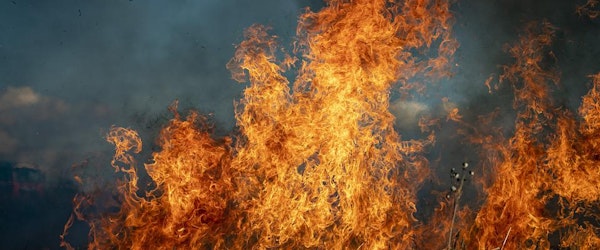
Wildfire Models Miss Conflagration Risks That Drove $40B in Losses
Thursday, October 9th, 2025 Catastrophe Insurance Industry Property Technology UnderwritingNew findings from Cotality challenge the core assumptions of how wildfire risk is assessed, with major implications for insurance claims professionals. Analyzing the 2025 Palisades and Eaton wildfires, which caused over $40 billion in insured losses, the report reveals that a significant number of structures initially rated as low-to-moderate wildfire hazard were in fact at high risk of damage due to conflagration—the transition of fire from natural fuels to built structures.
Cotality’s dual-metric system, combining its Wildfire Risk Score (WFRS) with its Wildfire Conflagration Score, identified that as much as 93% of properties inside the Eaton Fire perimeter faced high conflagration risk even before the event. Post-fire data validated these forecasts: 84% of the damaged properties had low vegetation-based risk but high structural conflagration risk. A similar pattern held in the Palisades Fire, where nearly half the damaged structures had been considered low wildfire risk but had high exposure to structure-to-structure fire spread.
For claims adjusters, this report underscores the growing need to distinguish between traditional wildfire risk and conflagration risk during underwriting, claims investigations, and loss mitigation planning. It signals a shift in the risk landscape, especially in densely built environments where embers, wind, and building materials drive fire behavior once flames reach neighborhoods.
Understanding this nuance not only helps explain why certain "low-risk" properties are destroyed, but also supports better estimation of potential losses, more accurate reserve setting, and more informed risk conversations with policyholders and carriers. Adjusters working in wildfire-prone areas will benefit from adopting tools that account for both vegetation and structural fire propagation to anticipate and evaluate total exposure.





